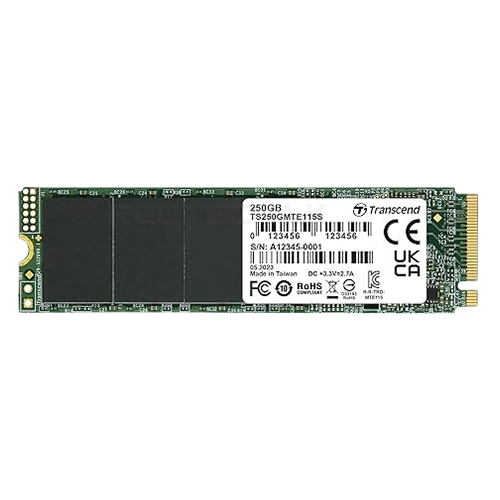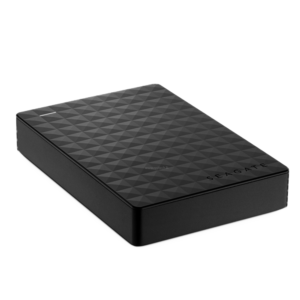| Dimensions |
Single-sided 80 mm x 22 mm x 2.23 mm (3.15″ x 0.87″ x 0.09″) |
| Weight |
8 g (0.28 oz) |
| Type |
|
Interface
|
| Bus Interface |
|
Storage
|
| Flash Type |
|
| Capacity |
- 250GB/
- 500 GB/
- 1 TB/
- 2 TB
|
Operating Environment
|
| Operating Temperature |
0°C (32°F) ~ 70°C (158°F) |
| Operating Voltage |
|
Performance
|
| Sequential Read/Write (CrystalDiskMark) |
-
2 TB
Up to 3,200/1,900 MB/s
-
1 TB
Up to 3,200/2,000 MB/s
-
500 GB
Up to 3,200/2,000 MB/s
-
250 GB
Up to 3,000/1,300 MB/s
|
| 4K Random Read/Write (IOmeter) |
-
2 TB
Up to 200,000/250,000 IOPS
-
1 TB
Up to 250,000/170,000 IOPS
-
500 GB
Up to 250,000/170,000 IOPS
-
250 GB
Up to 250,000/170,000 IOPS
|
| Terabytes Written (TBW) |
-
2 TB
800 TBW
-
1 TB
400 TBW
-
500 GB
200 TBW
-
250 GB
100 TBW
|
| Mean Time Between Failures (MTBF) |
2,000,000 hour(s) |
| Drive Writes Per Day (DWPD) |
0.2 (5 yrs) |
| Note |
- Speed may vary due to host hardware, software, usage, and storage capacity.
- The workload used to rate DWPD may be different from your actual workload, which may vary due to host hardware, software, usage, and storage capacity.
- Terabytes Written (TBW) expresses the endurance under the highest capacity.
- Some motherboards only provide PCIe x2 connections for the M.2 slot, creating a bottleneck on even the fastest drives.
|



























